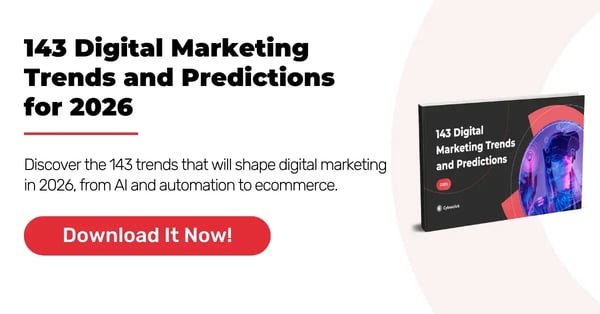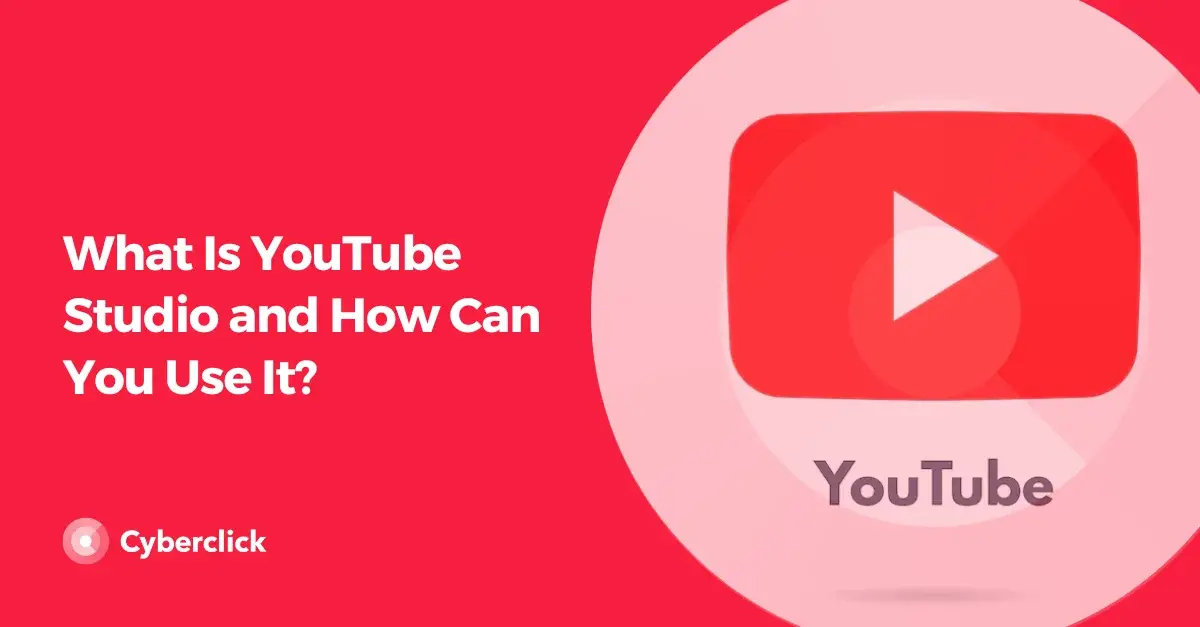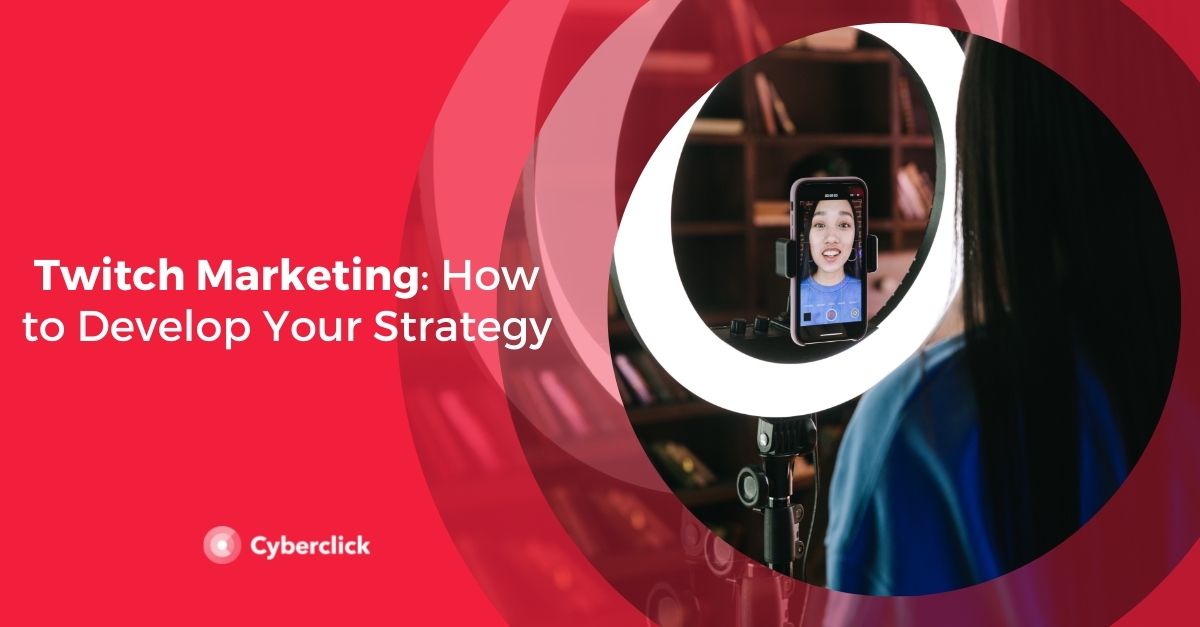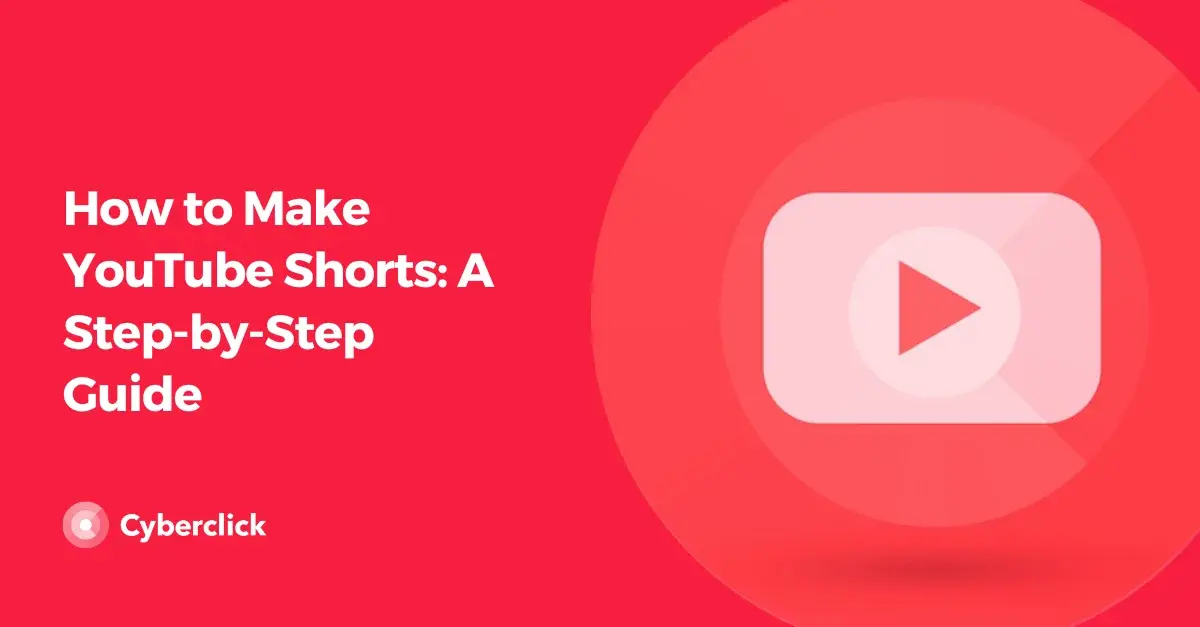Monetizing a YouTube channel in 2024 offers multiple revenue streams, ranging from ad earnings on Watch Pages and Shorts, audience contributions such as Super Thanks and Super Stickers, and revenue from YouTube Premium subscriptions. Each monetization method suits different content types and audience interactions and can cater to different content strategies. By leveraging these opportunities effectively, creators can maximize their earnings and establish a rewarding presence on YouTube. It is important however to keep in mind that in order to do so, some requirements need to be met, to access benefits from the Youtube Partner Program. Let's take a look!

Accessing the YouTube Partner Program for Creators
One of the most basic first steps for creators to be able to monetize their YouTube channels is accessing the YouTube Partner Program or YPP. Before exploring the various monetization strategies, it's crucial for creators to understand and meet the platform's eligibility requirements.
In mid-2023, YouTube changes the basic requirements to qualify for YPP, for creators in certain countries with access to some of its more basic features and options. This means that to start monetizing their channel, creators in countries such as Unites States, United Kingdom, Spain, India, and others (see the full list here) now only need at least 500 subscribers (previously 1,000), 3 valid public uploads in the last 90 days and either 3,000 valid public watch hours in the past year (previously 4,000) or 3 million valid public Shorts views (previously 10 million) in the last 90 days. If you are not in one of the countries eligible for this update, the previous requirements will apply.

Image Source: Google Support
That being said, and as we mentioned, this initial threshold allows access to only some of the monetization features, such as promoting products and fan funding features. In order to gain ad revenue or get revenue from YouTube Premium, the criteria are the same as they used to be: 4,000 subscribers and either 4,000 valid public watch hours in the past 12 months or 10 million valid public shorts views in the past 90 days.
 Image Source: Google Support
Image Source: Google Support
If you're not quite there yet, or are simply interested in growing your channel, be sure to check out this article on how to grow your channel and improve your content. Also, you can select "Be notified" in the Earn section of YouTube Studio to receive an automated email once your channel has hit the minimum threshold to participate in the program.
If you are already there, or are simply interested in knowing what awaits you once you get there, let's take a look at some of the ways you can monetize your channel.
How to Monetize your YouTube Channel
1. Ad Revenue from Watch Page Ads and Shorts Feed Ads
The most traditional form of YouTube monetization is earning through ads. Creators who are part of the YouTube Partner Program (and meet the minimum requirements for this feature) can earn money from the ads served to the viewers of their videos.
With these benefits, you can earn revenue from ads that are shown previous to, during or after your video on their watch page, or ads seen between shorts. Be aware that in order to do so, you must have reviewed and accepted the Watch Page Monetization Module and/or Shorts Monetization Module.
2. YouTube Premium Revenue
In this form of monetization, creators benefit from YouTube Premium subscribers, who pay for a subscription to view content without ads. Creators earn a portion of the subscription fee when Premium subscribers watch their content, which is calculated based on how much time they spend watching your videos compared to other content. This means that even if a viewer has the ability to skip ads (as Premium allows them to watch ad-free), you still have the chance to earn revenue from their views.
3. YouTube Commerce Products
The Commerce Product Module (CPM) is designed for content creators on YouTube who wish to enhance their revenue streams through audience contributions. This option supports creators in deepening connections with their audience while simultaneously boosting their income. Fan funding can take various forms, from direct contributions for exclusive interactions to access to special content reserved for subscribed members:
- Channel Memberships: Viewers subscribe with a recurring monthly payment, gaining access to exclusive perks you provide, fostering a sense of community among your most dedicated fans.
- Super Chat & Super Stickers: During live streams, viewers can make payments to have their messages or animated stickers prominently displayed, helping them stand out in the bustling live chat environment.
- Super Thanks: Viewers can show their appreciation on your Shorts and traditional videos by purchasing a animations that highlights their comments, making their support visible to all.
Monetizing a YouTube channel in 2024 continues to be a viable way for creators to earn a living from their content. Understanding and utilizing these revenue streams and benefits can help maximize earnings and ensure a rewarding presence on the platform.
Video Content & Marketing Strategist. Experto en producción audiovisual y estrategias de contenido y análisis en YouTube.
Video Content & Marketing Strategist. Expert in audiovisual production and content and analysis strategies on YouTube.






Leave your comment and join the conversation